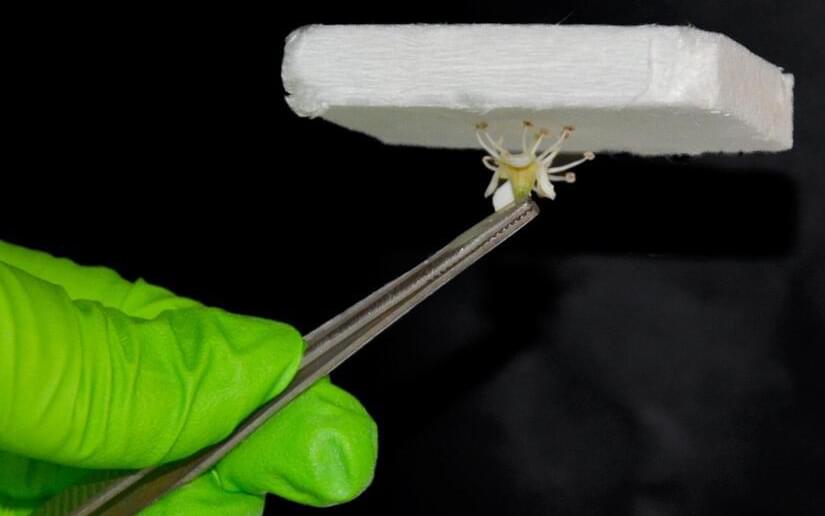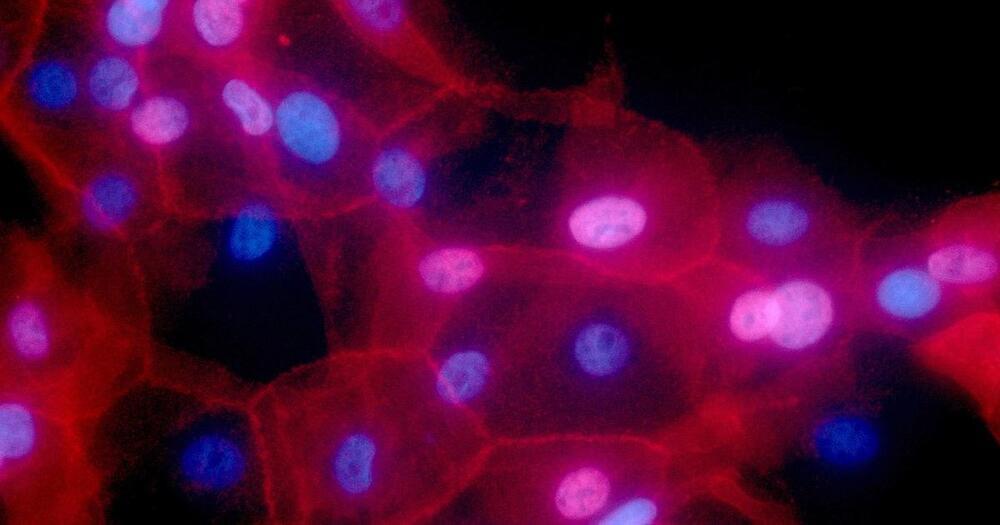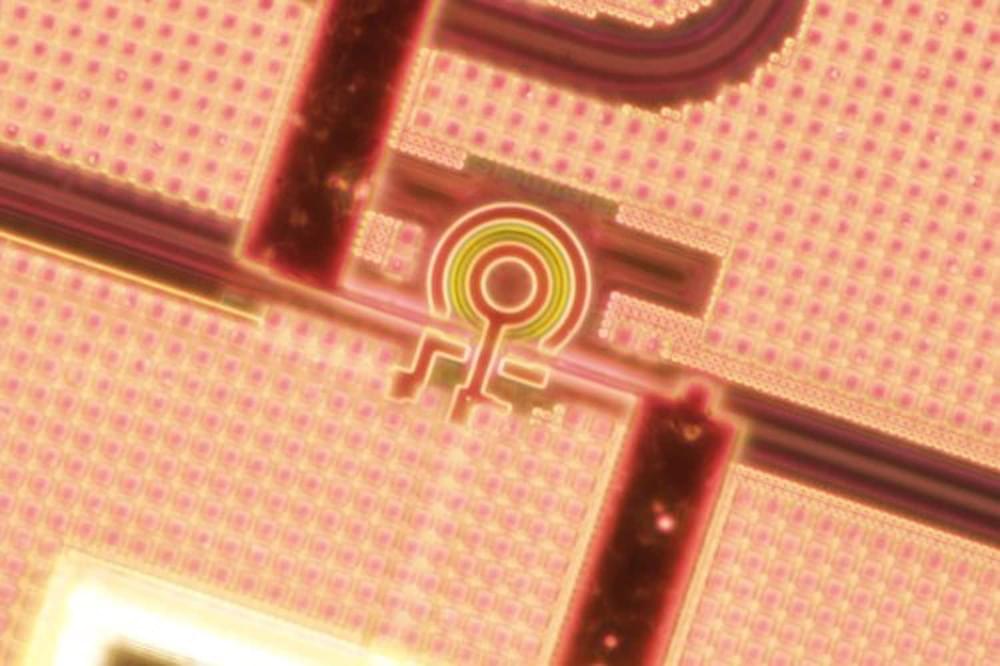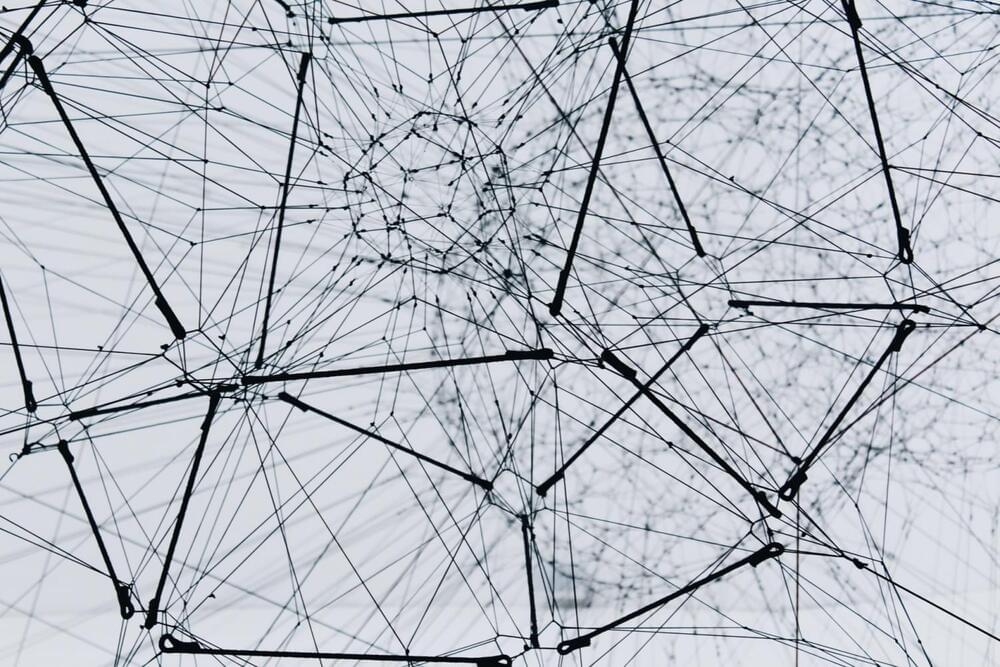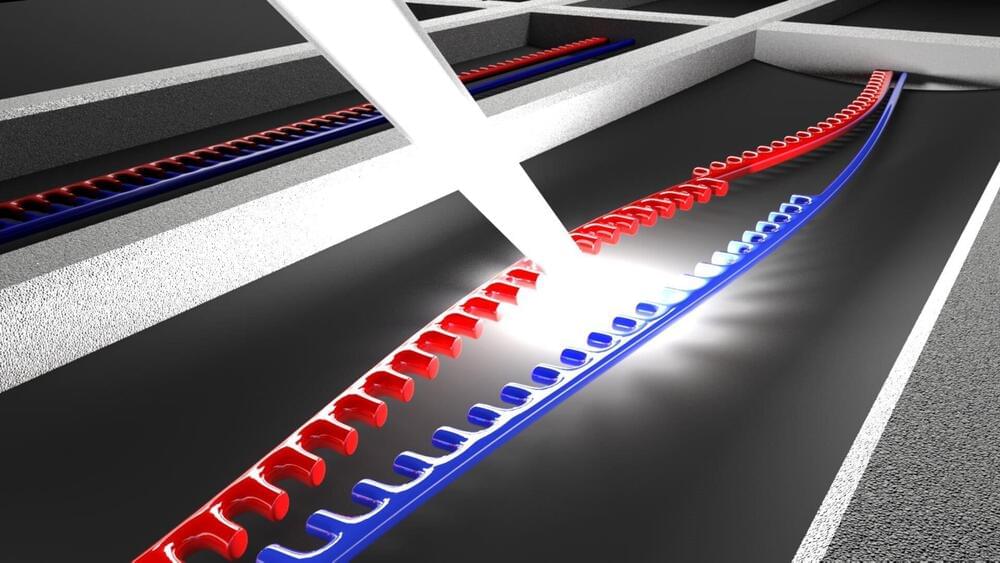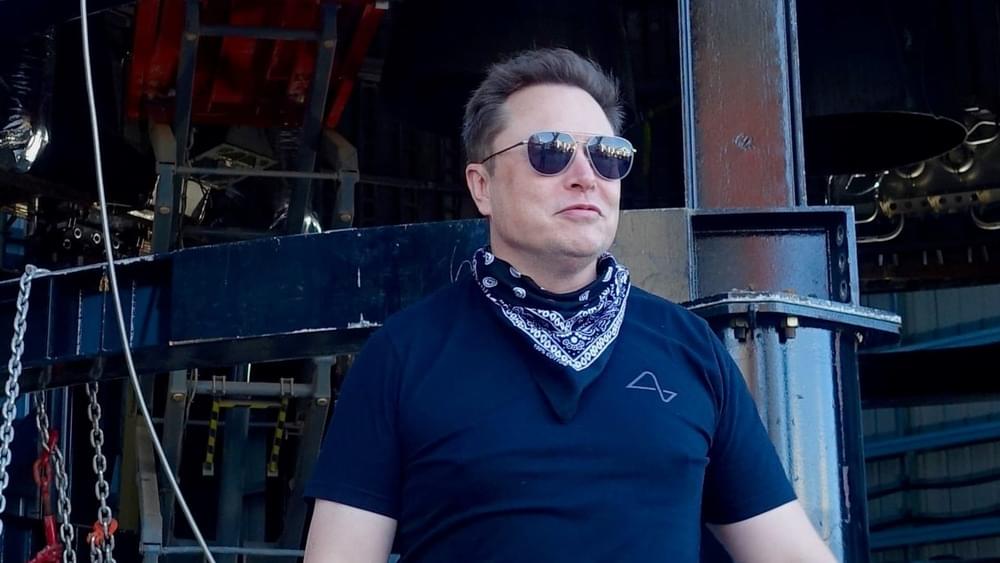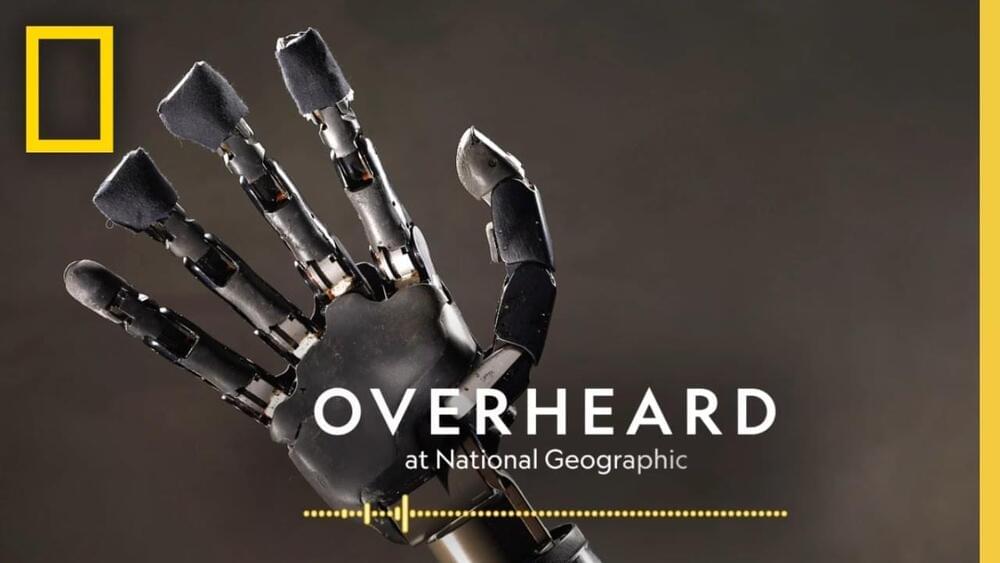Jun 7, 2022
Scientists found a new way to show us how the early universe formed
Posted by Paul Battista in categories: cosmology, information science, robotics/AI
Understanding the early universe has been a goal for scientists for decades. And, now with NASA’s James Webb space telescope, and other technology, we’re finally making some decent strides. A new simulation on early galaxy formation could be another key stepping stone, too.
Researchers created the simulation using machine learning. It then completed over 100,000 hours of computations to create the one-of-a-kind simulation. The researchers named the algorithm responsible for the project Hydo-BAM. They published a paper with the simulation’s findings earlier this year.
Creating a simulation of early galaxy formation has allowed researchers to chart the earliest moments of our universe. These important moments began just after the Big Bang set everything into motion. Understanding these key moments of the formation of the early universe could help us better understand how galaxies form in the universe today.

